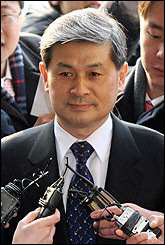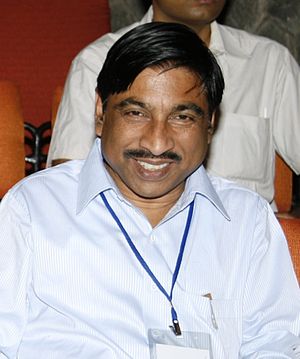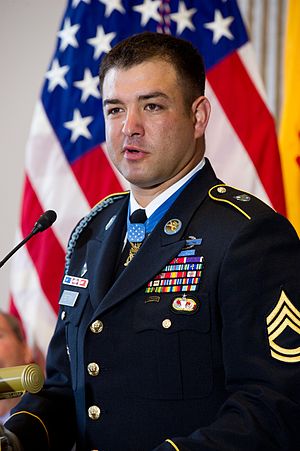Abu Mahdi al-Muhandis
Birthday November 16, 1954
Birth Sign Scorpio
Birthplace Abu Al-Khaseeb, Basra Governorate, Kingdom of Iraq
DEATH DATE 2020, Baghdad Airport Road, Baghdad International Airport, Baghdad Governorate, Iraq (66 years old)
Nationality Iraqi
#39502 Most Popular













